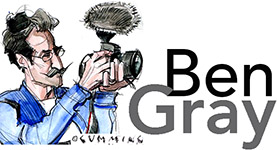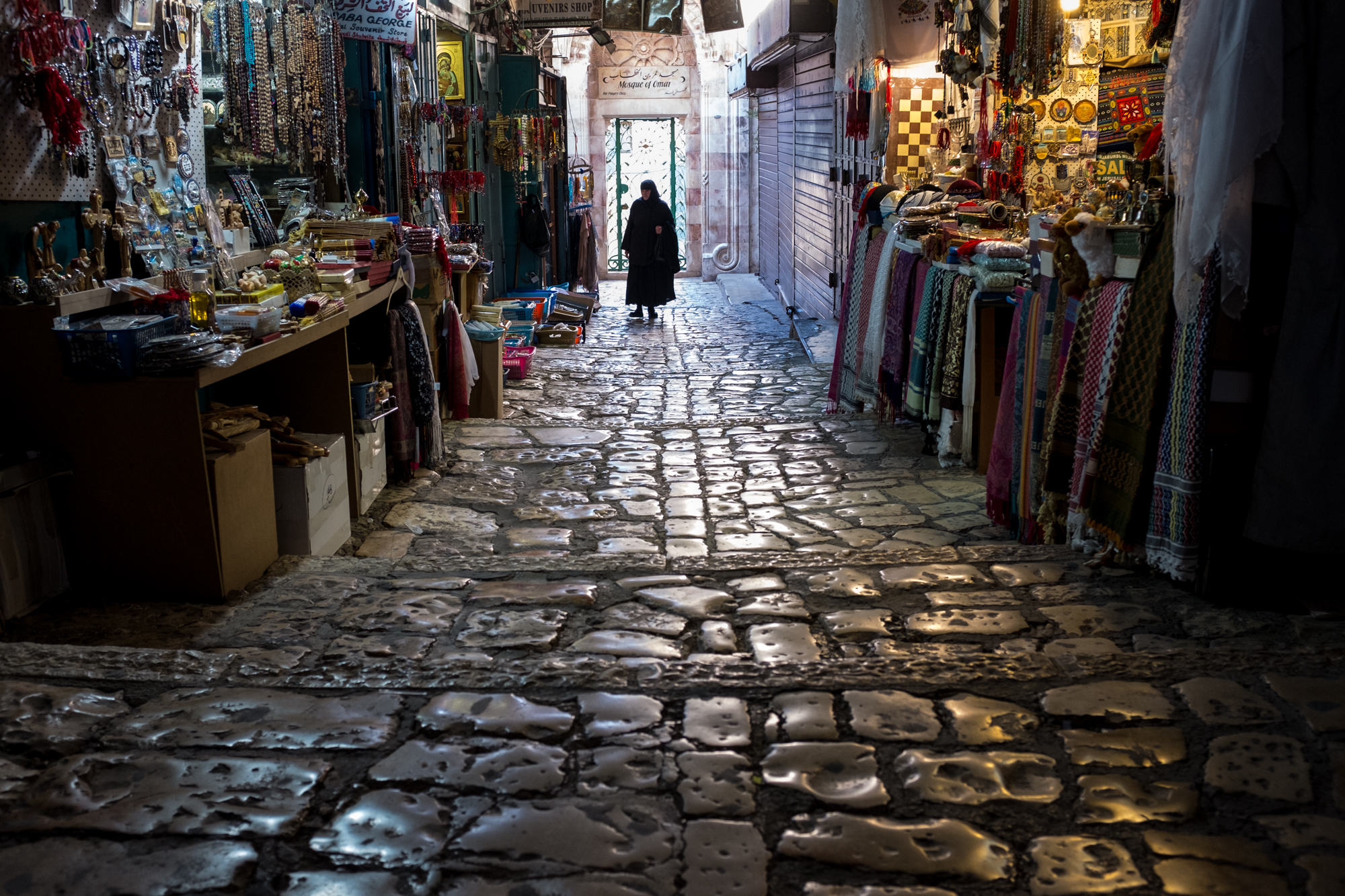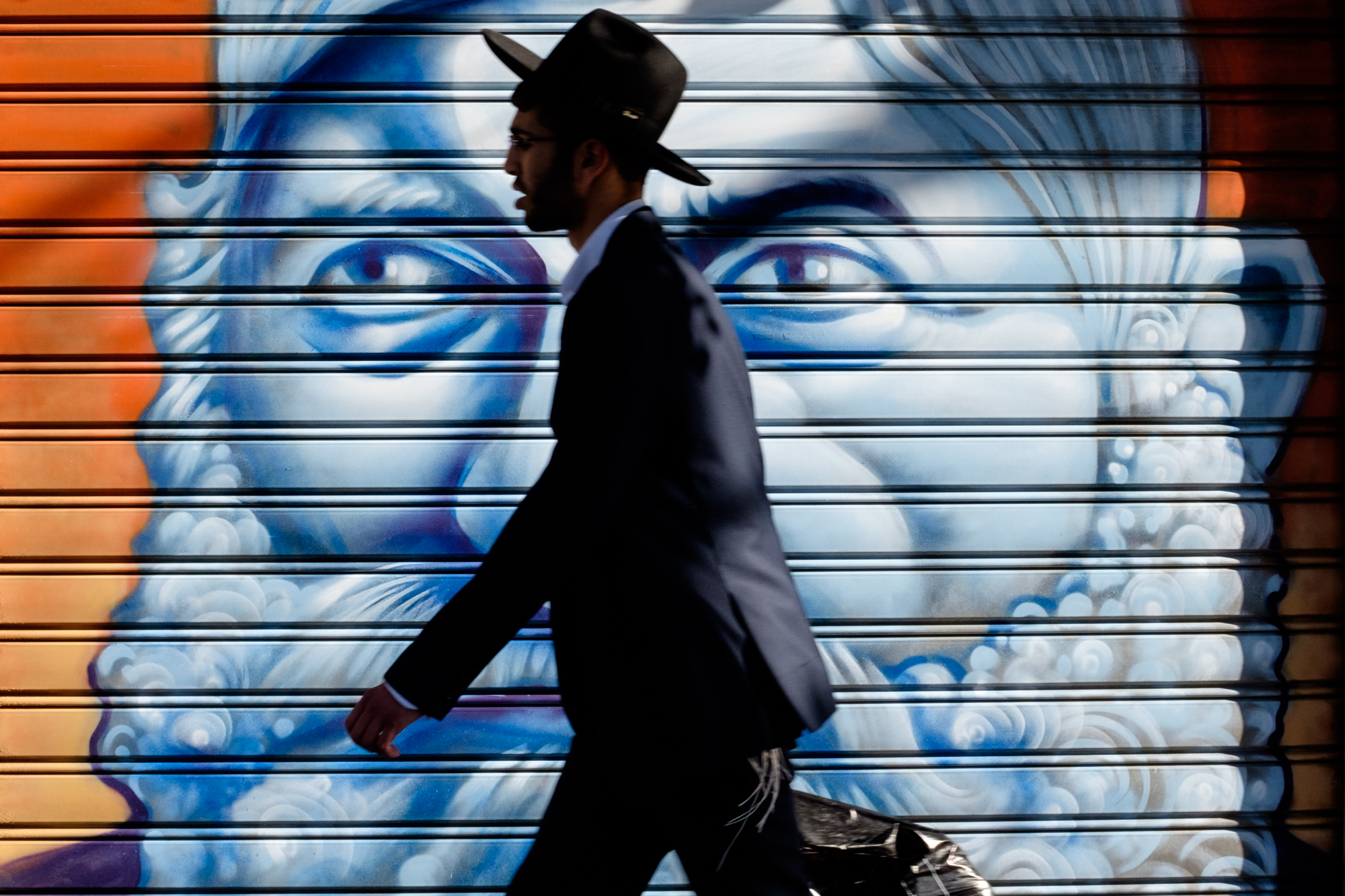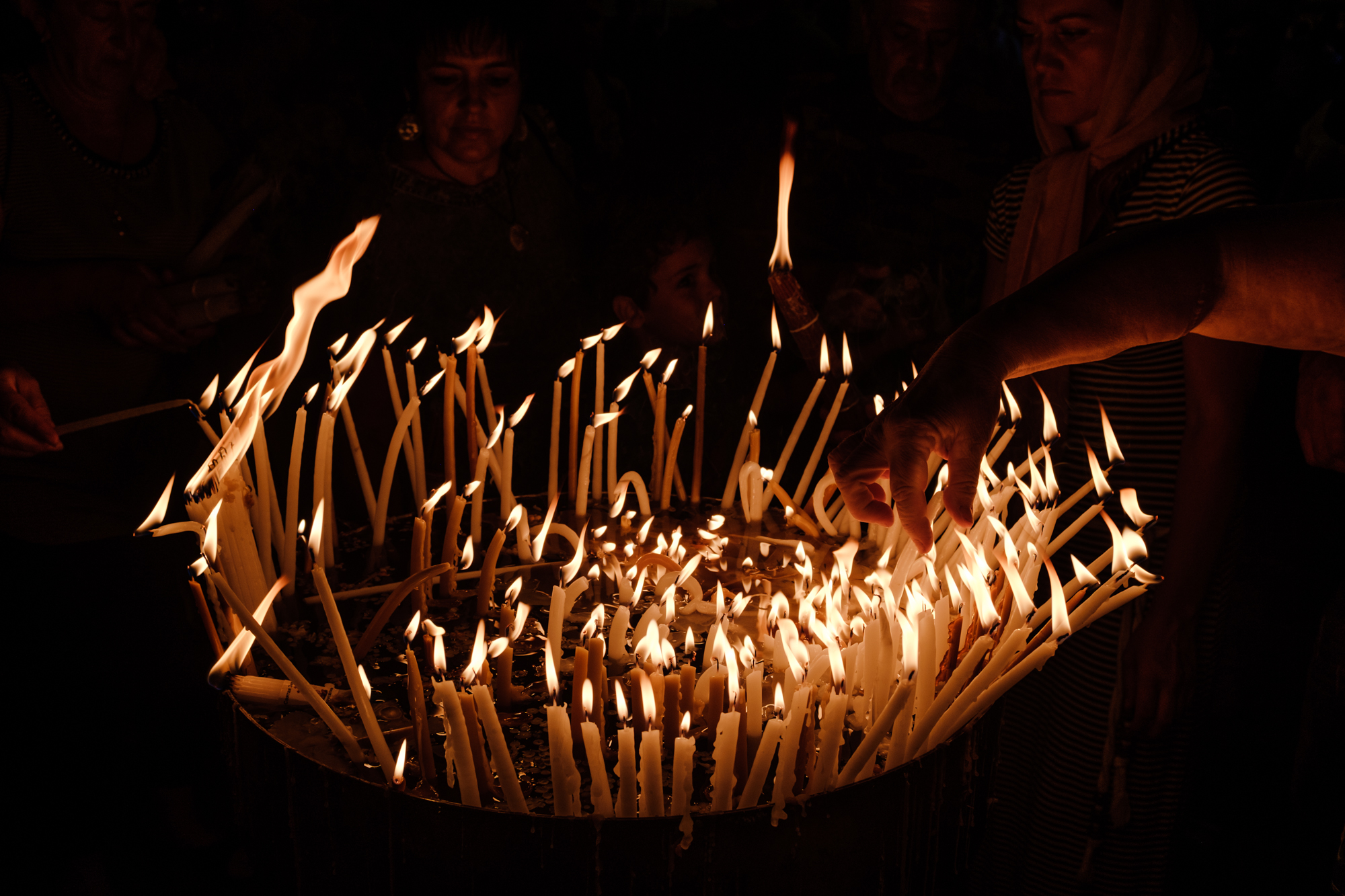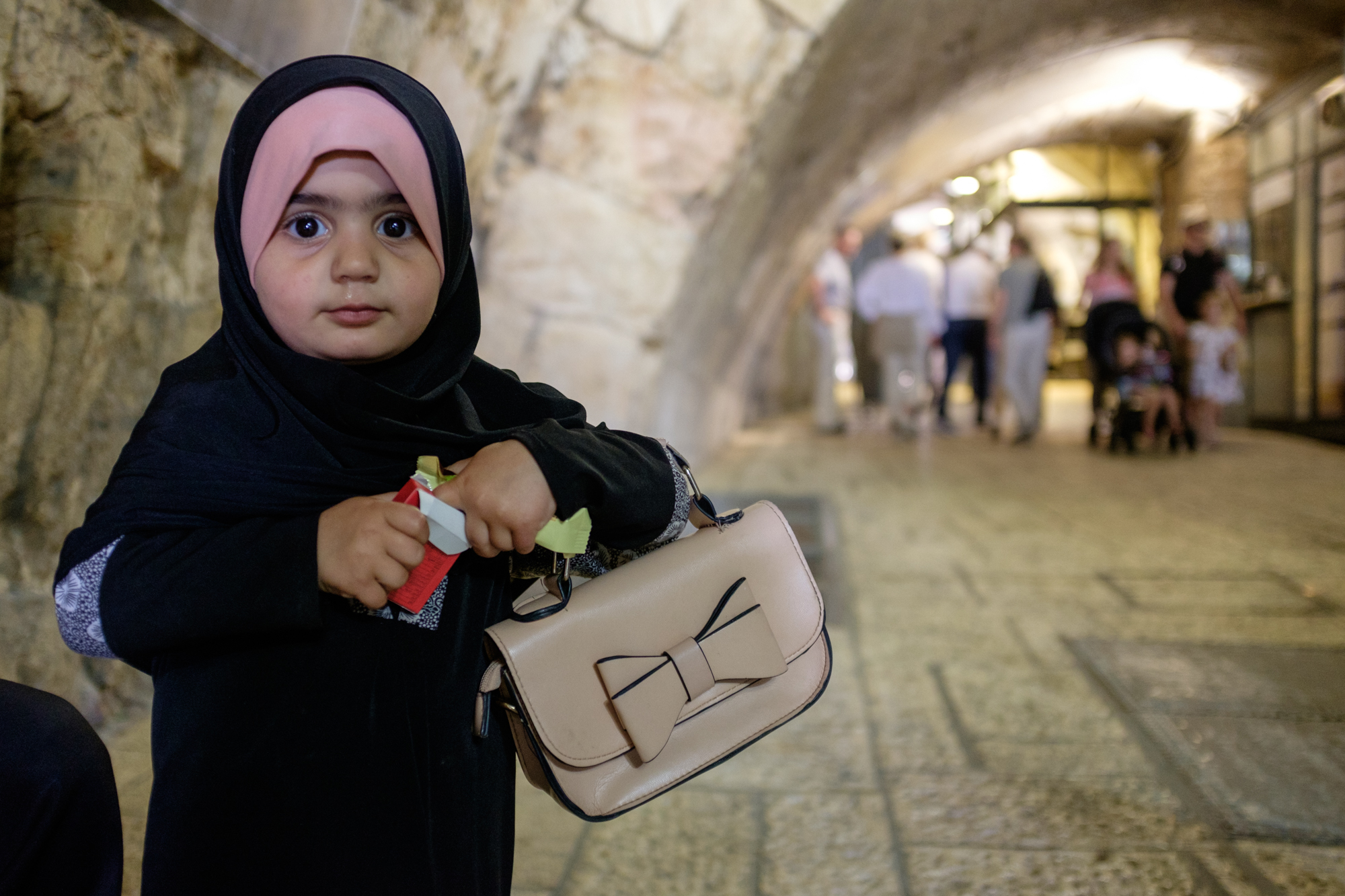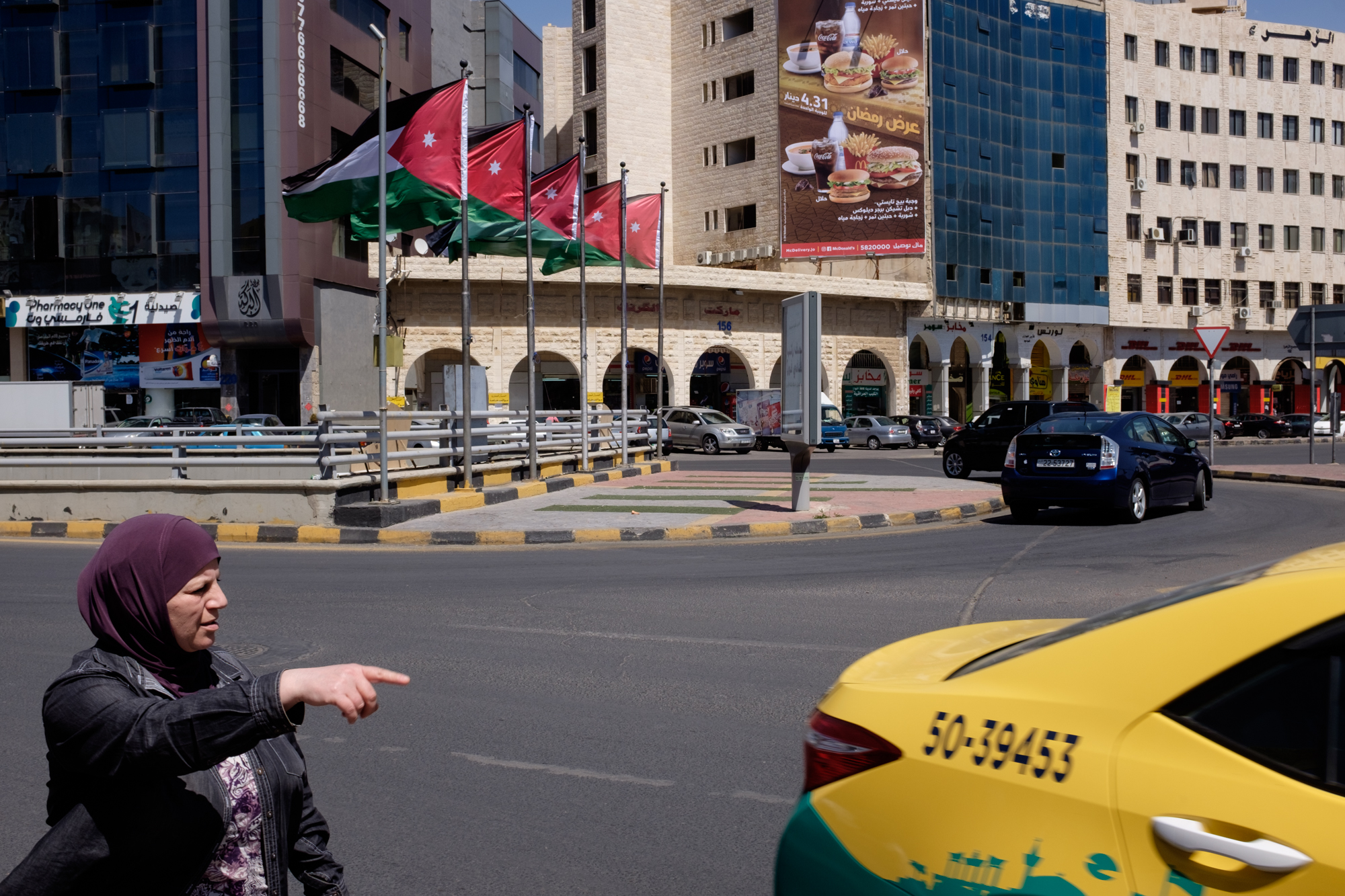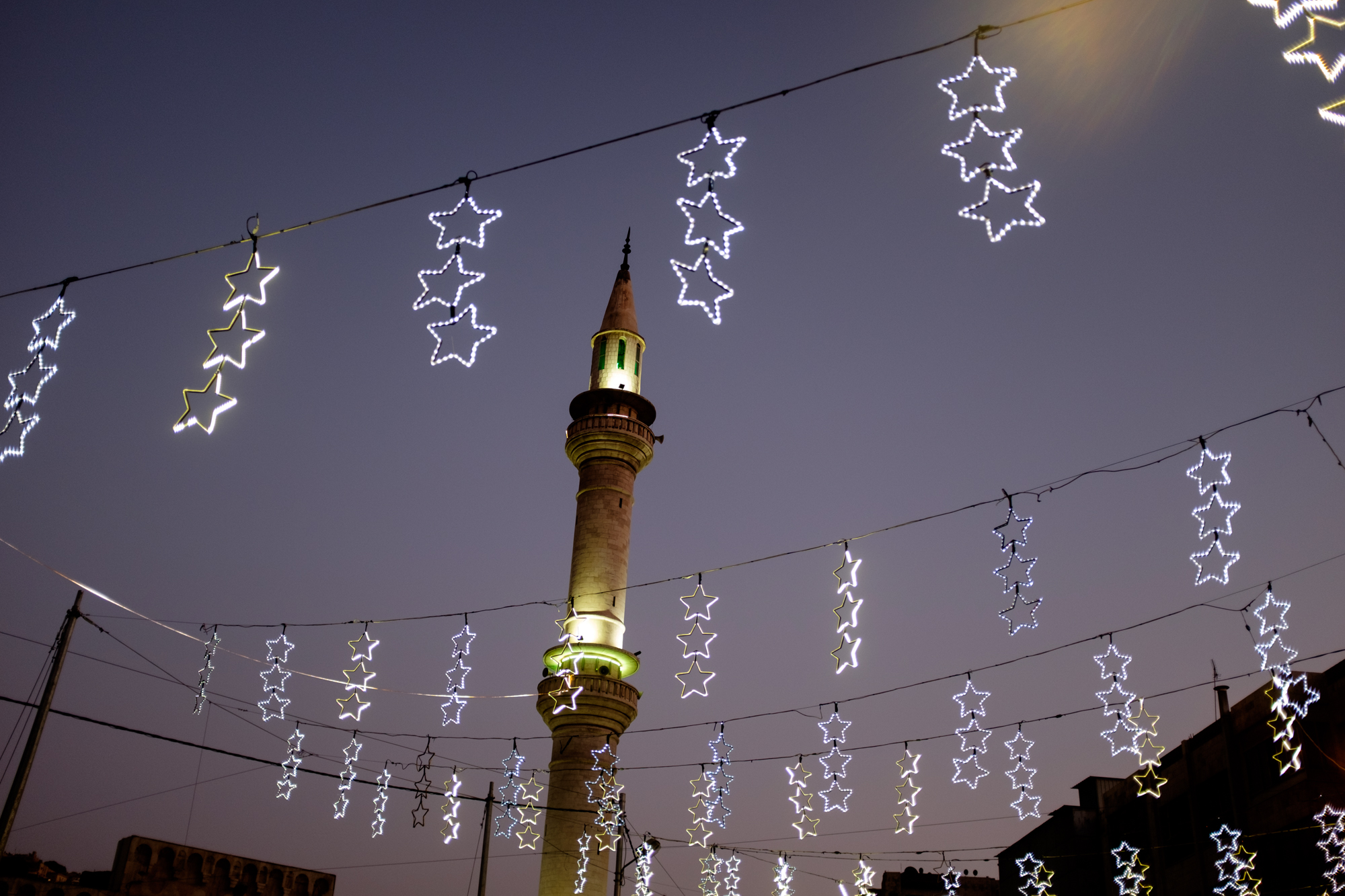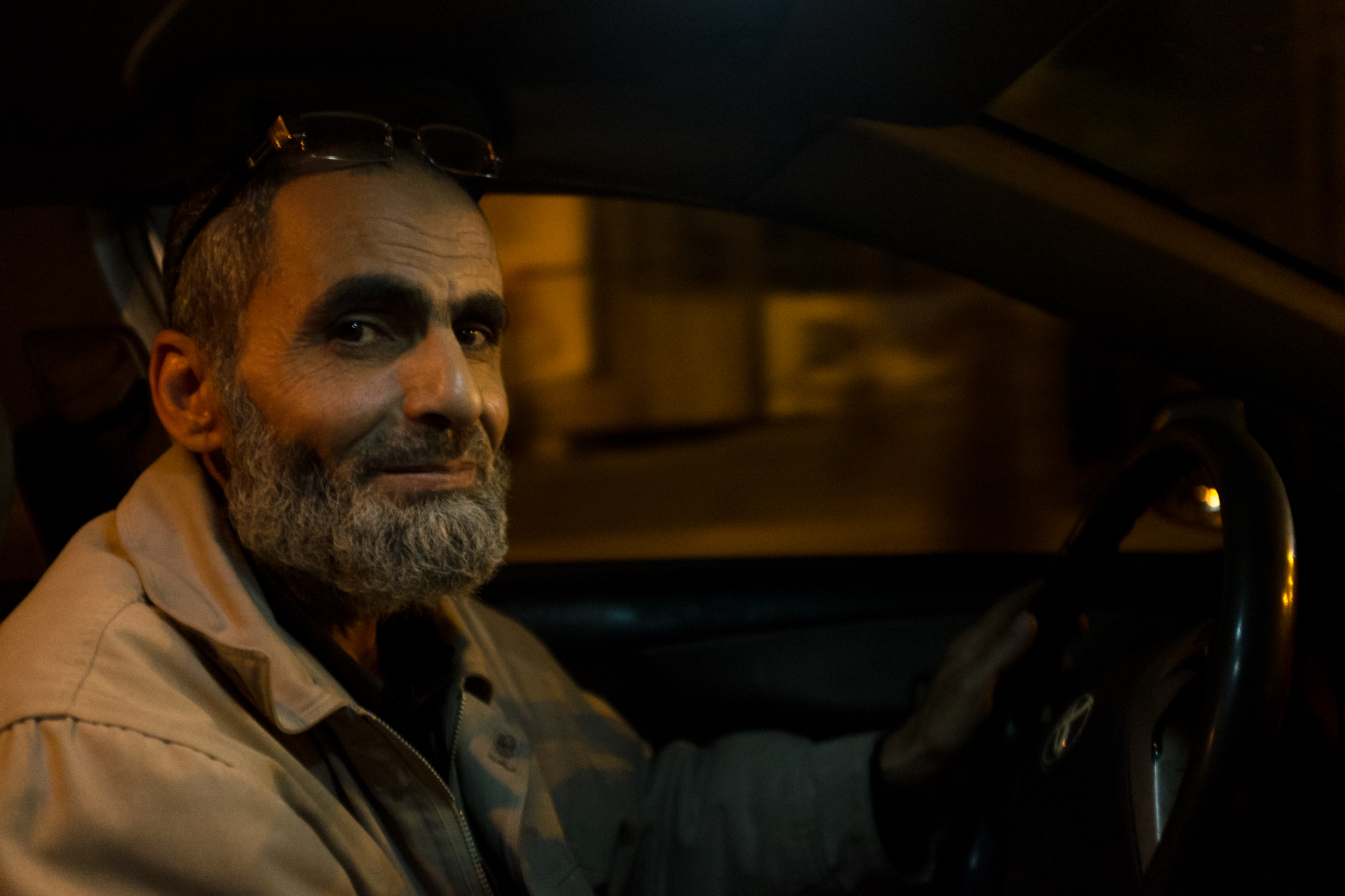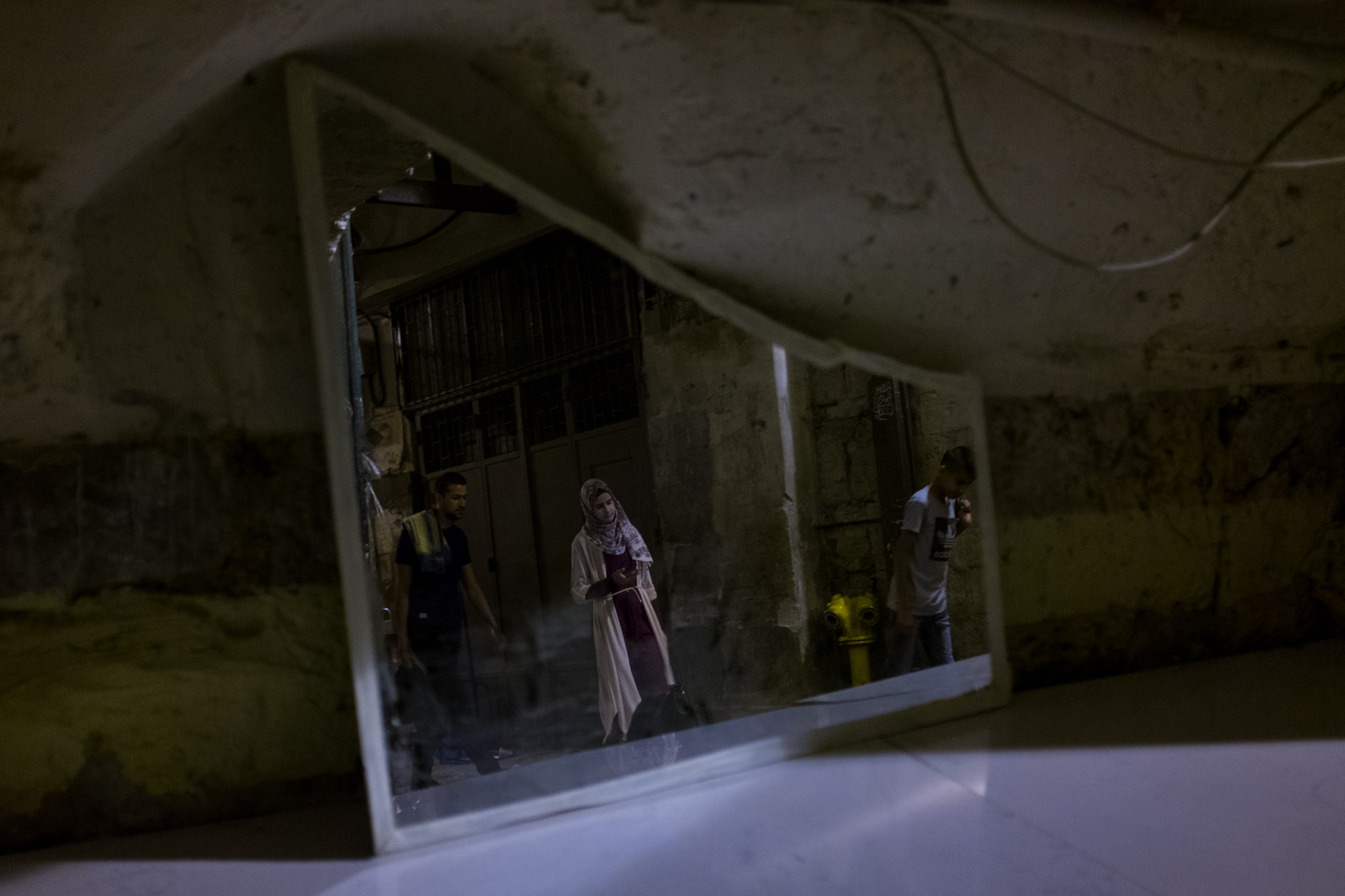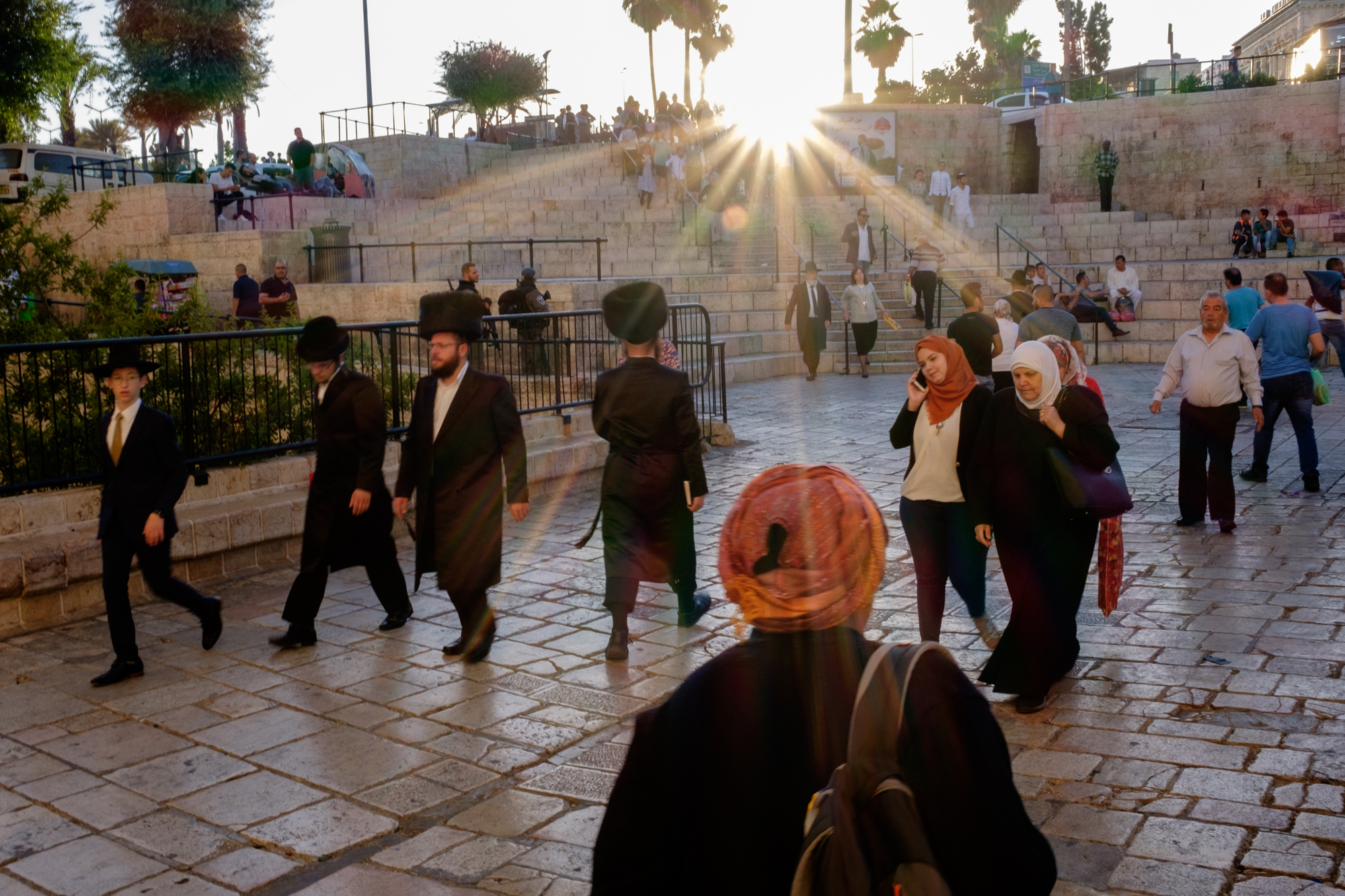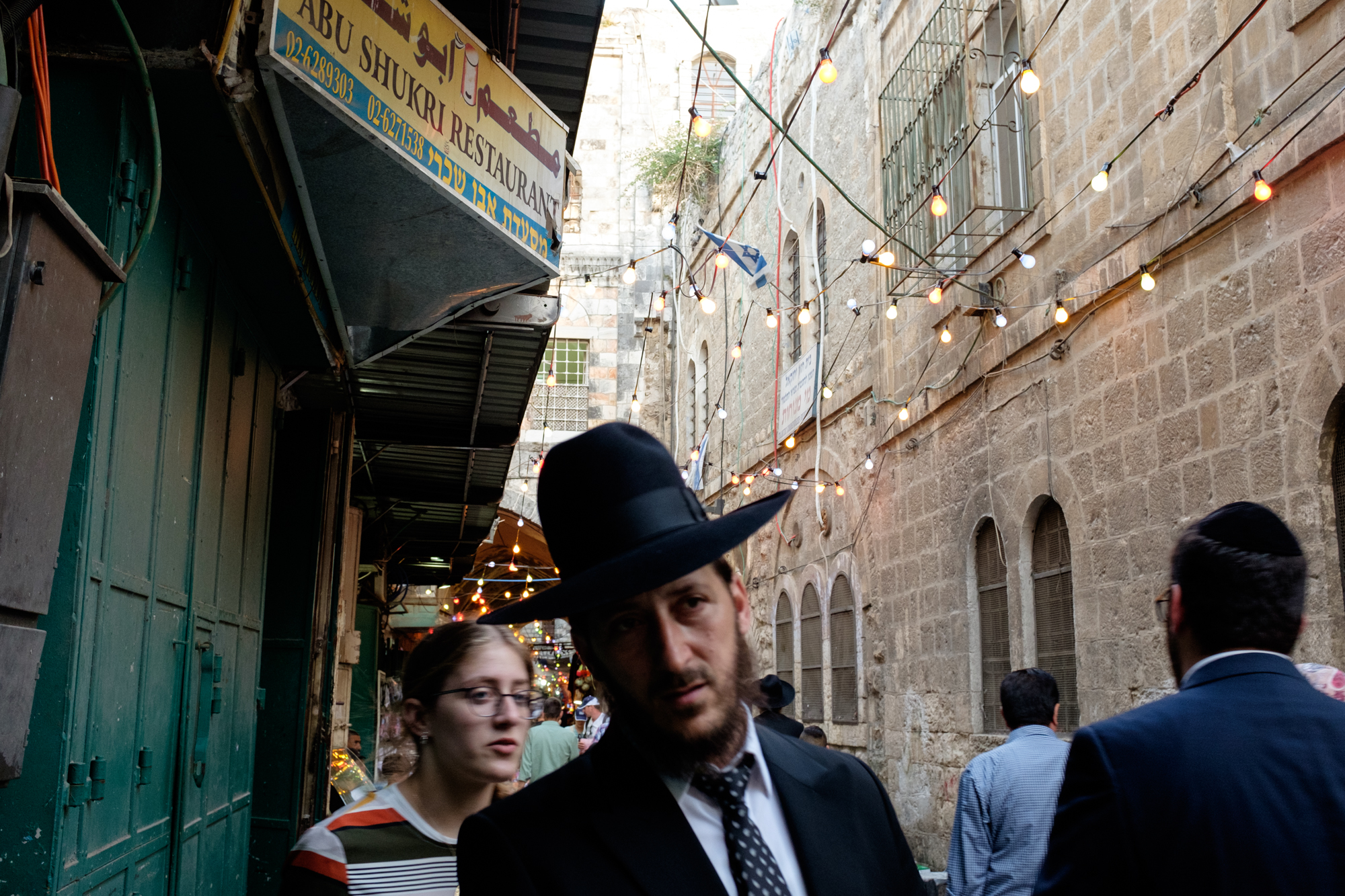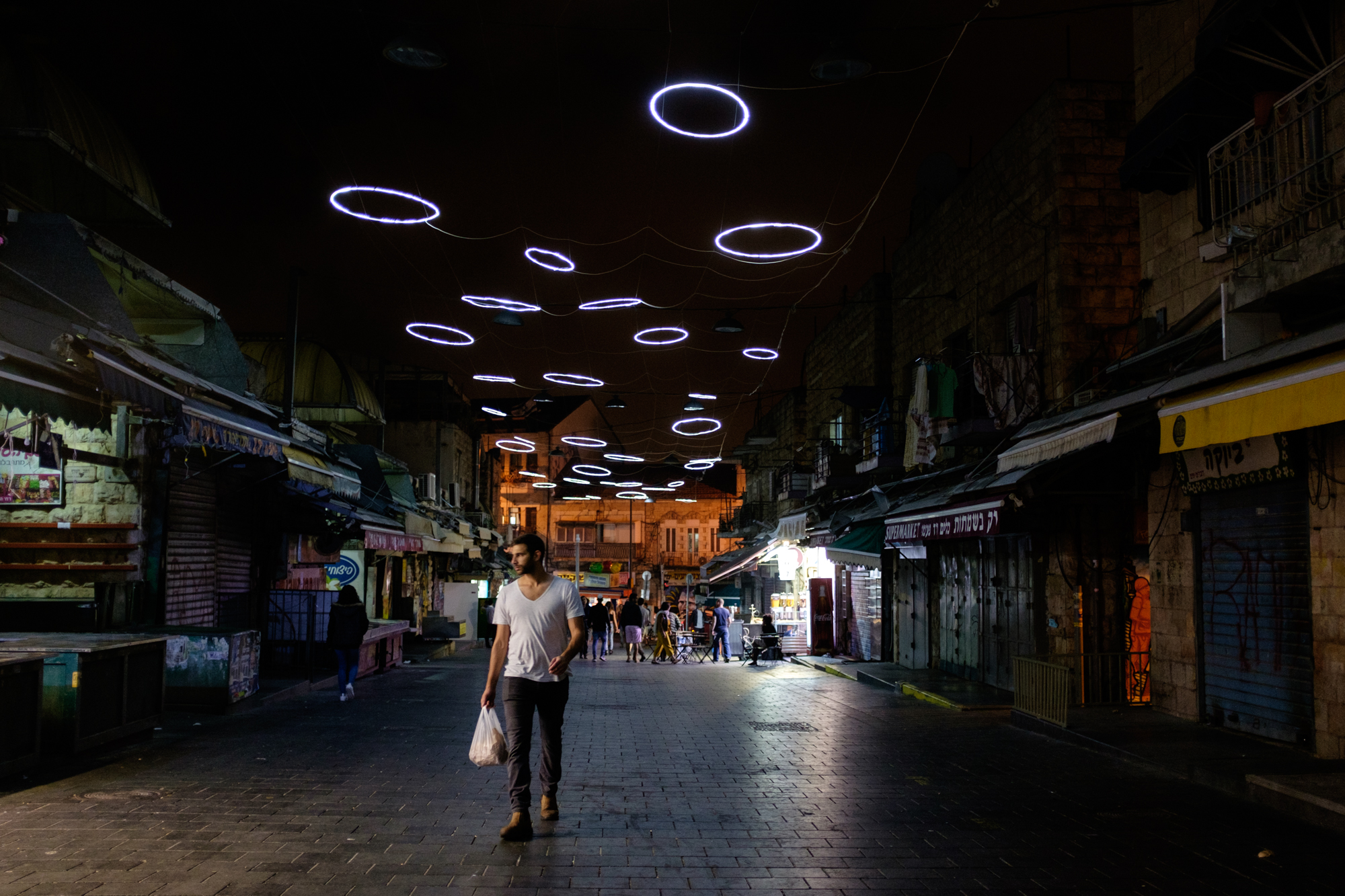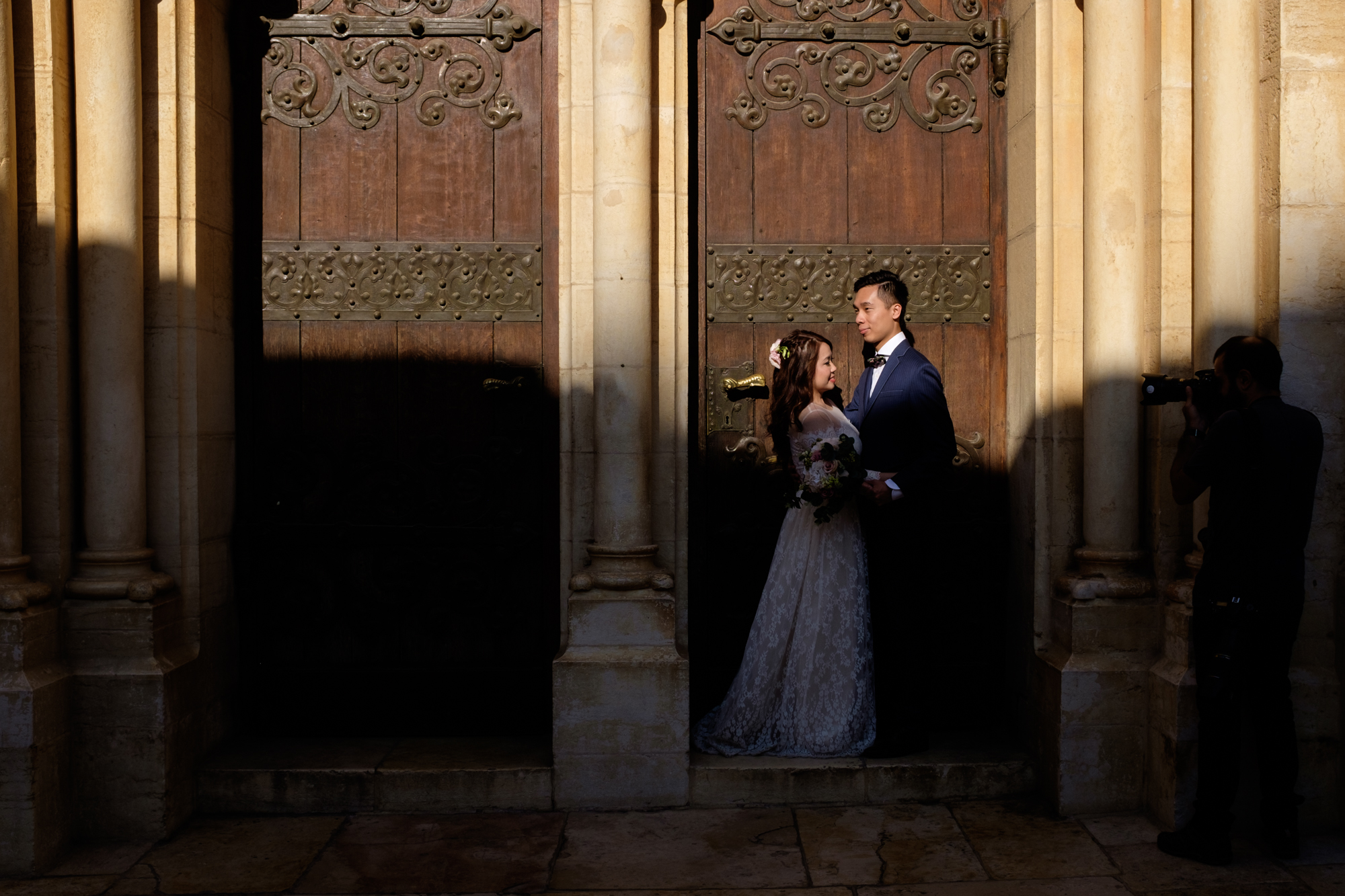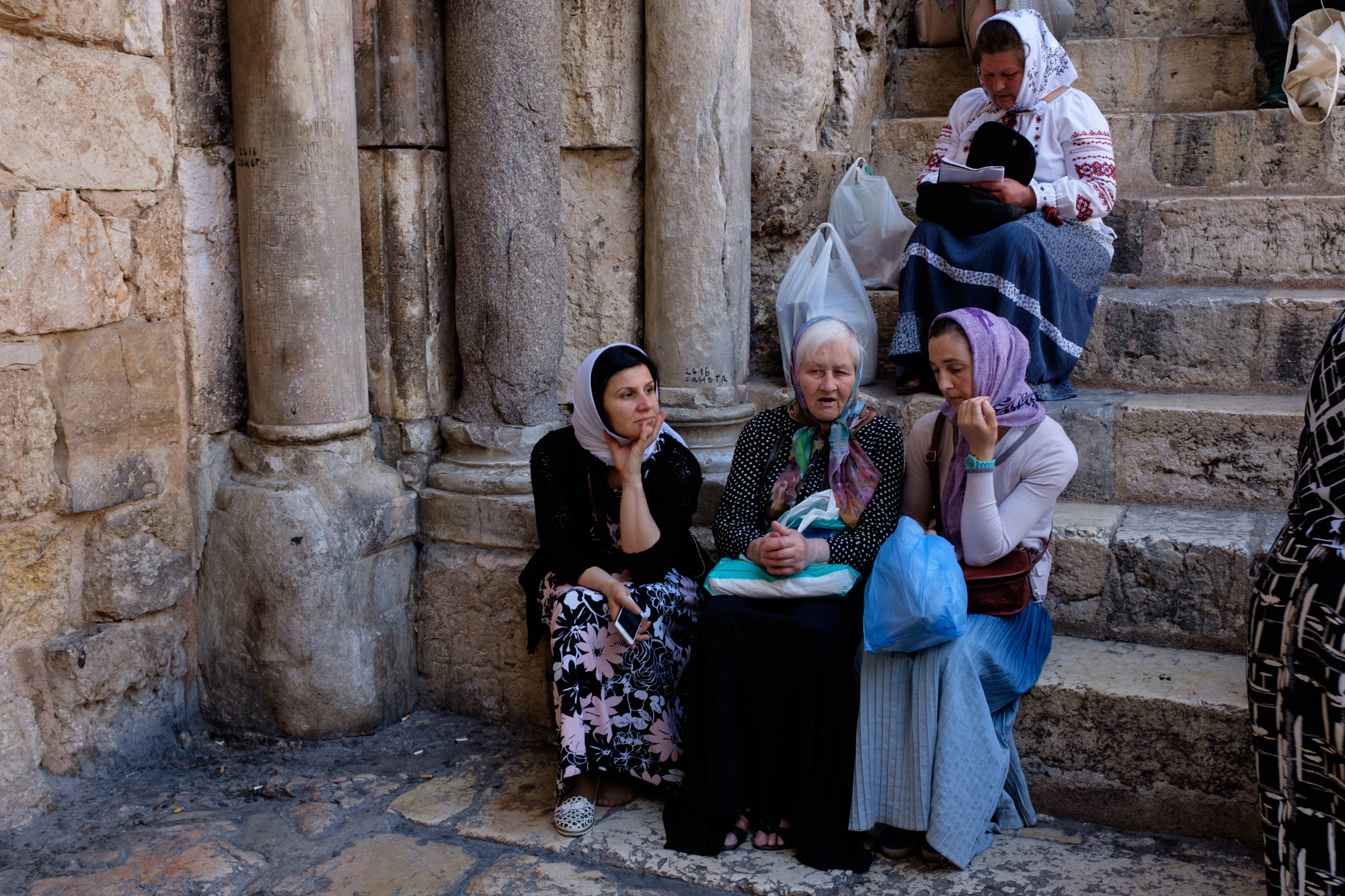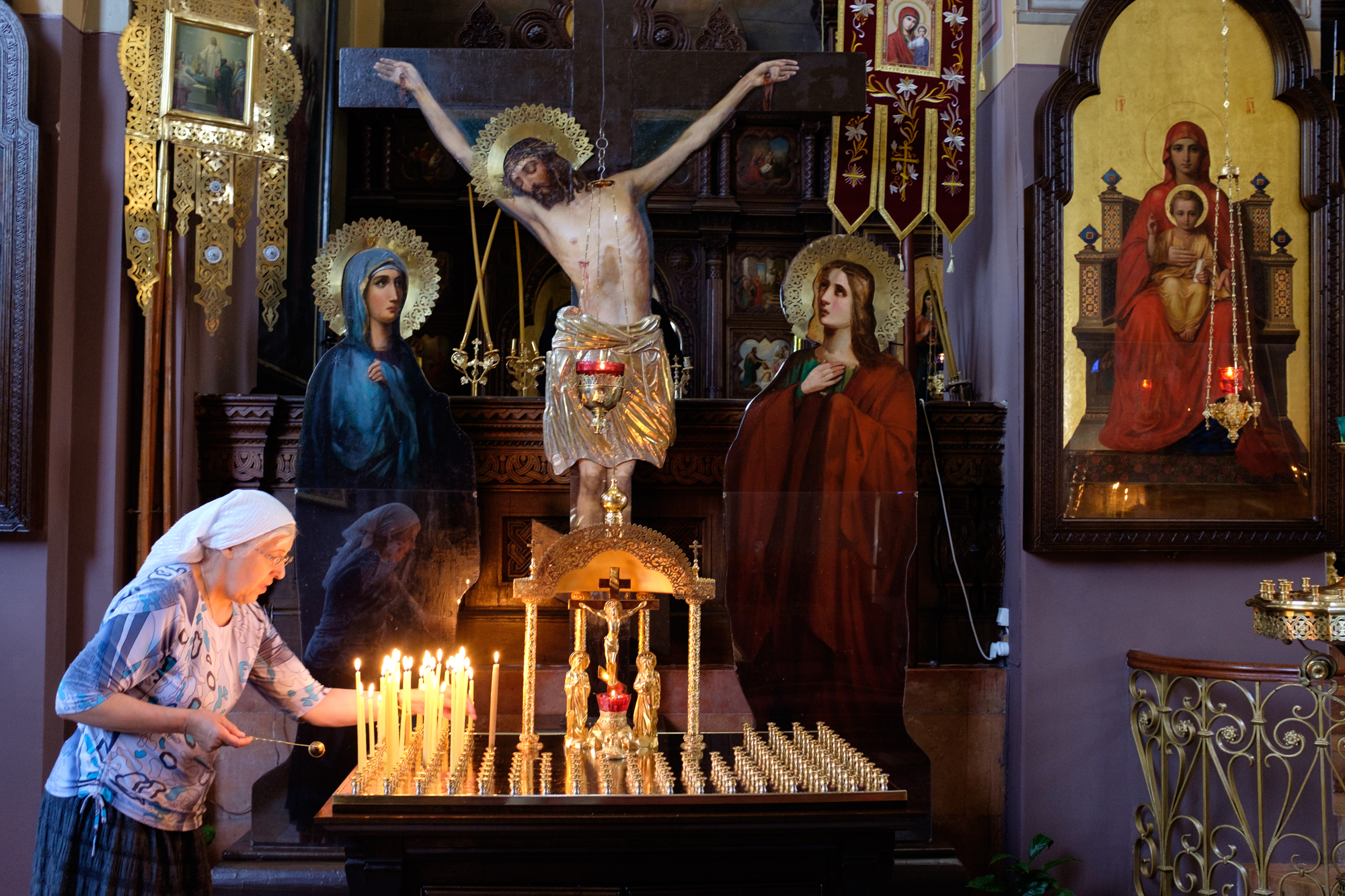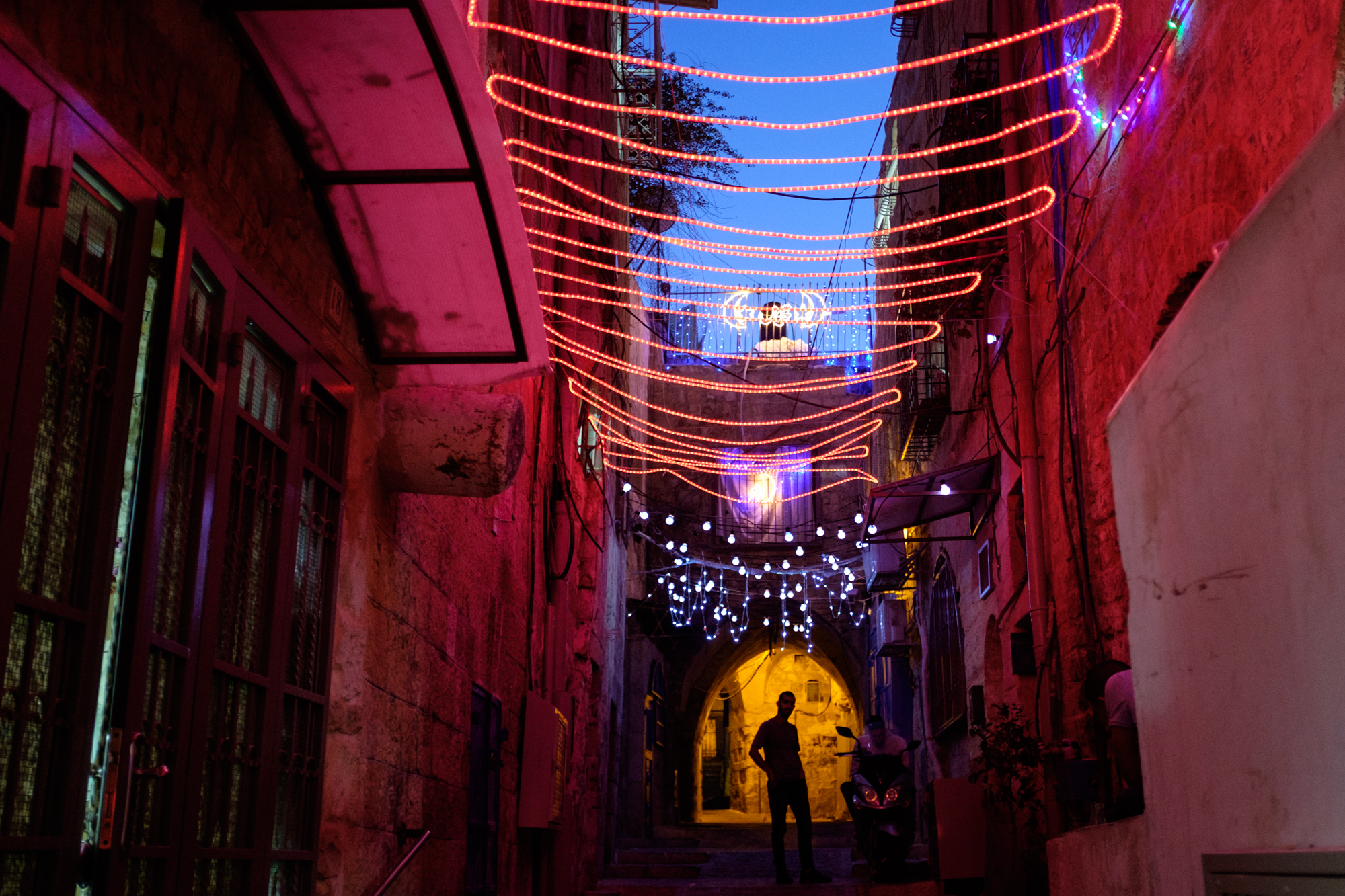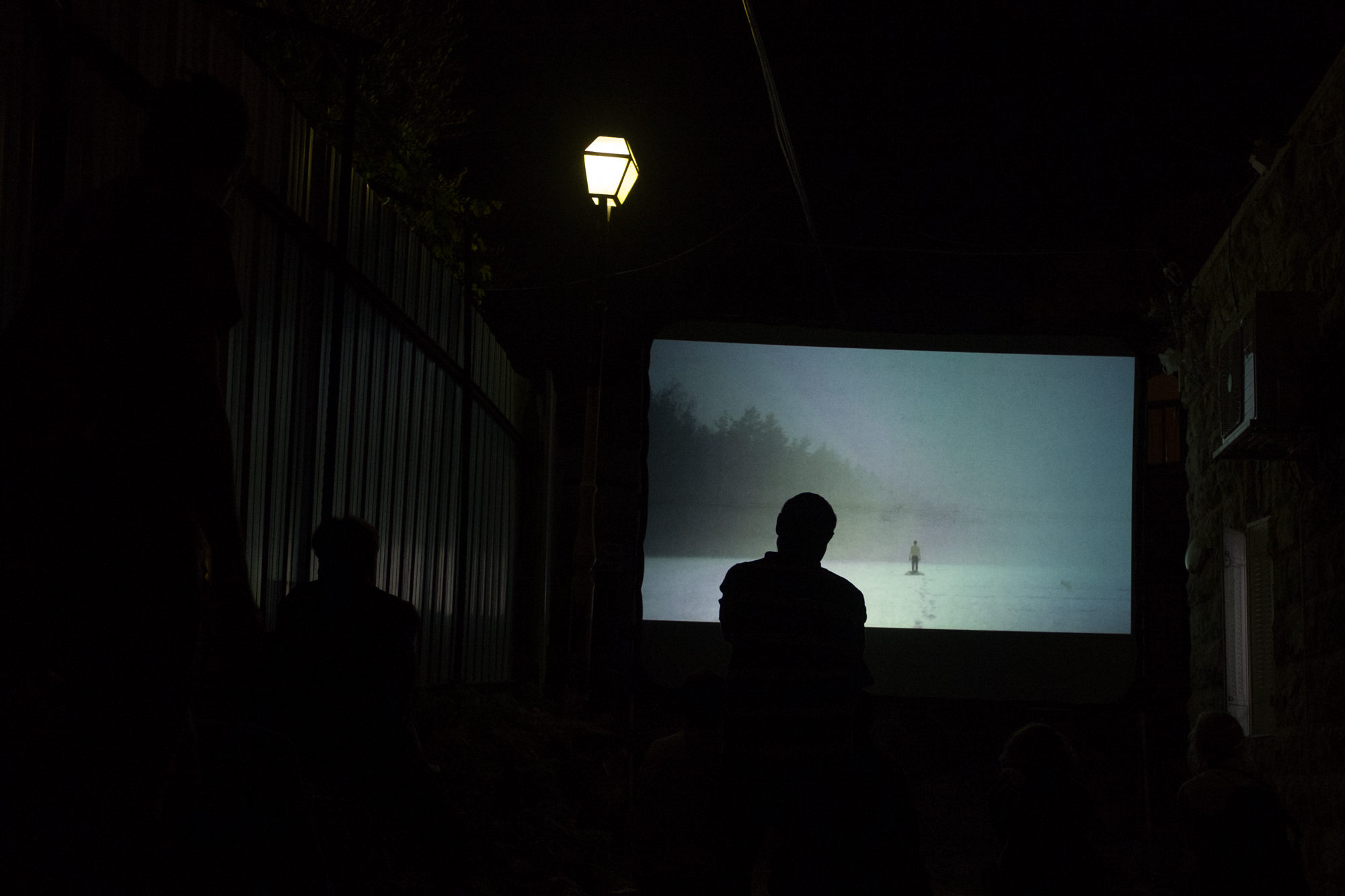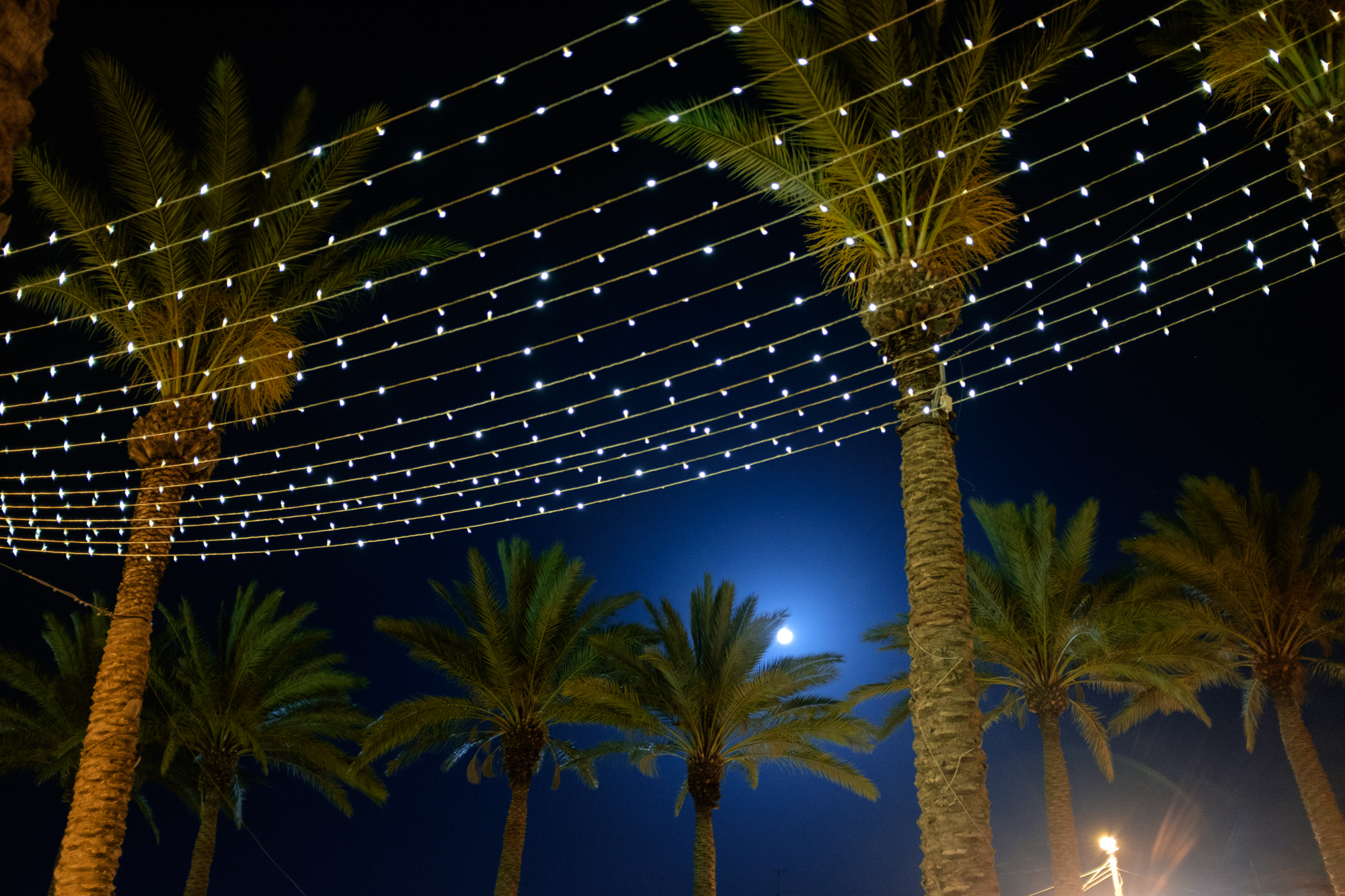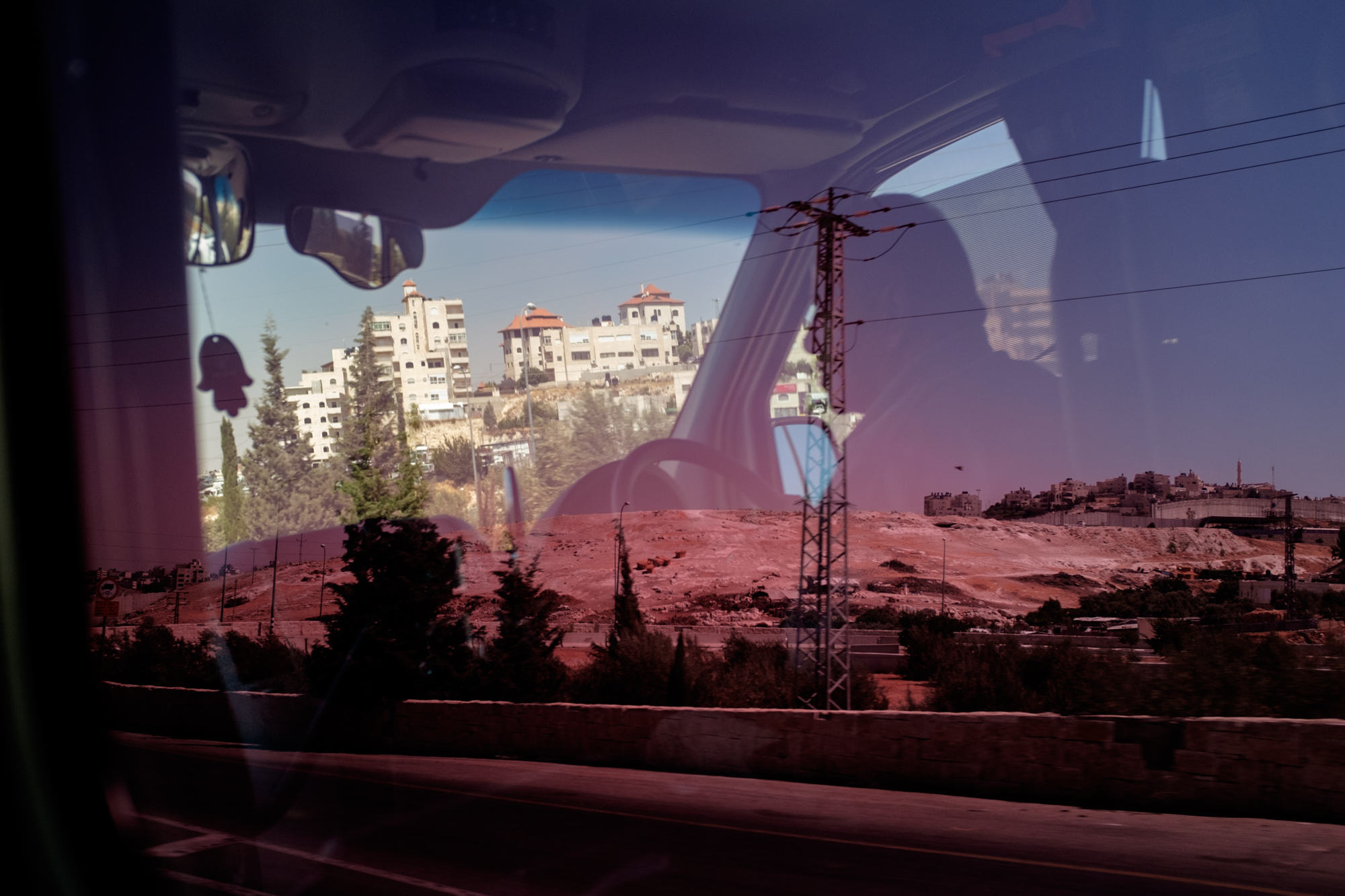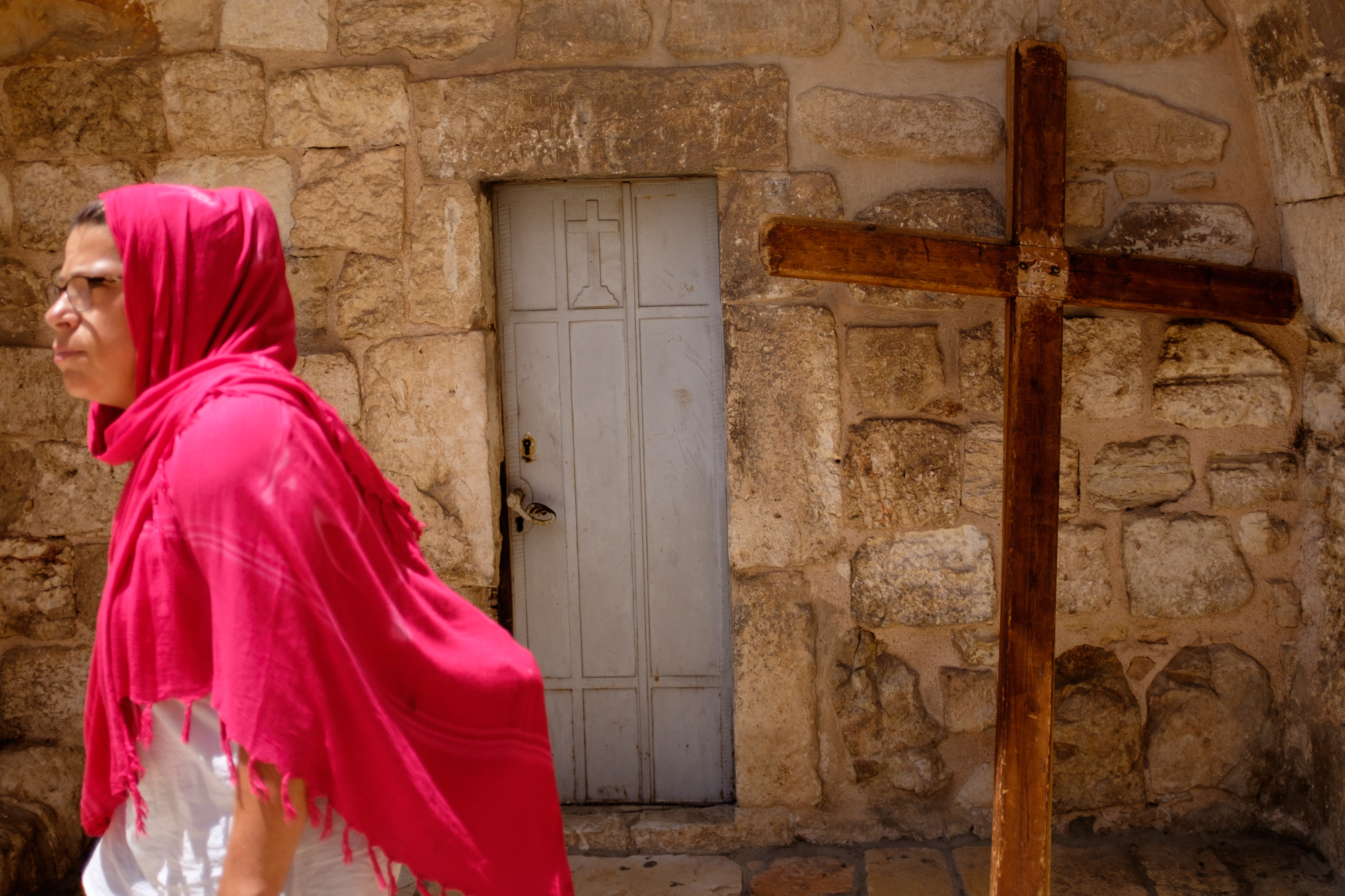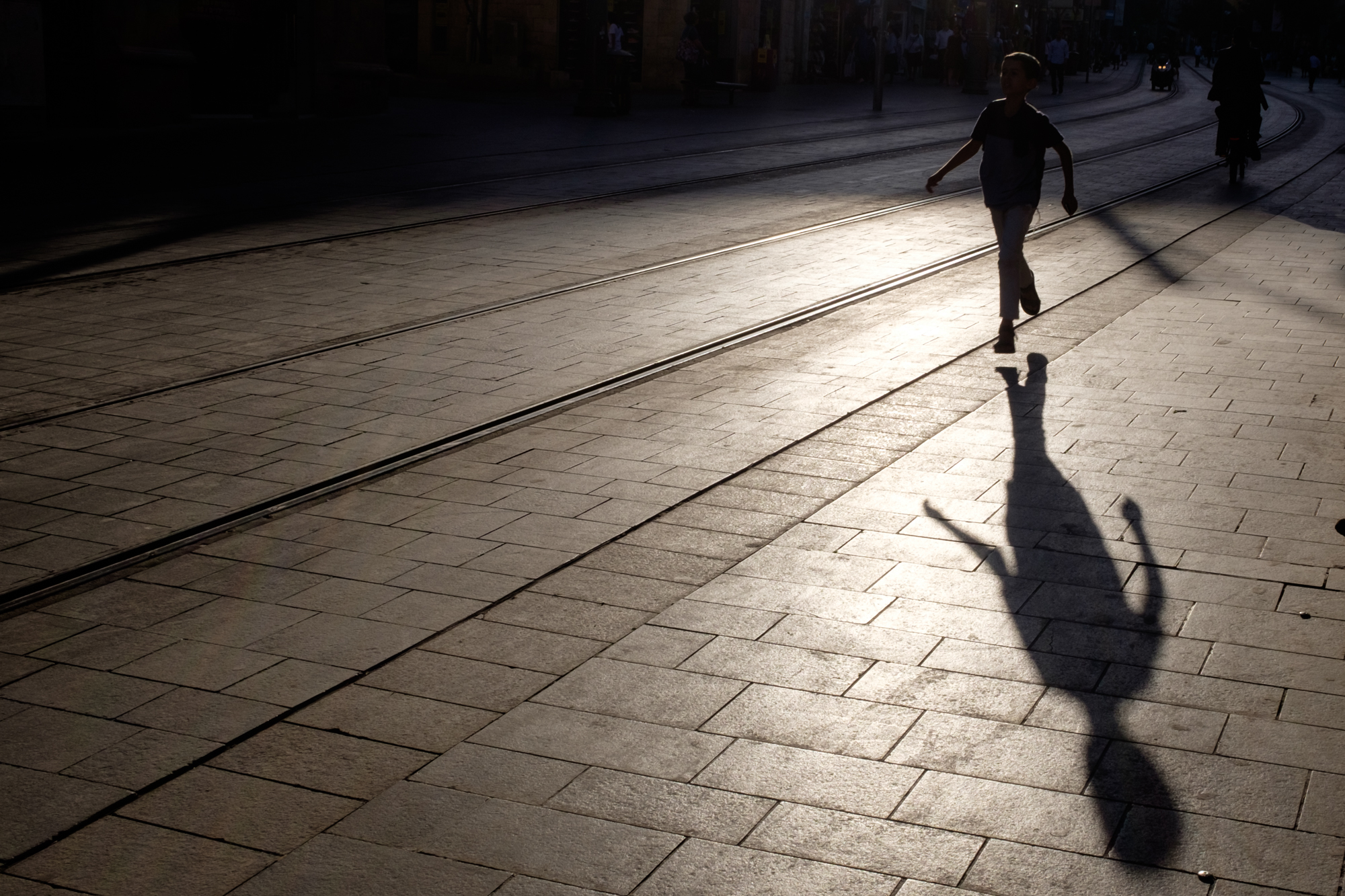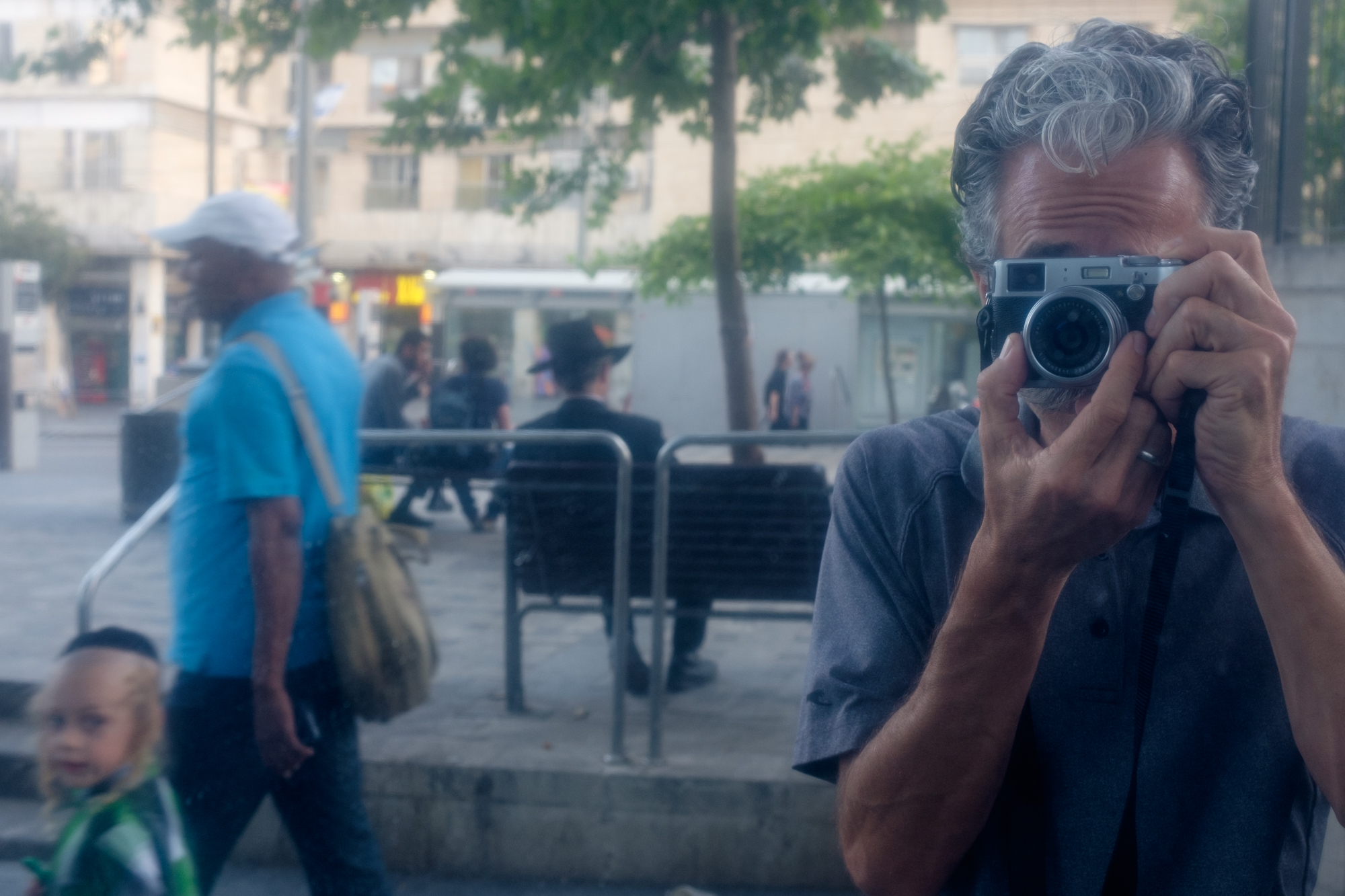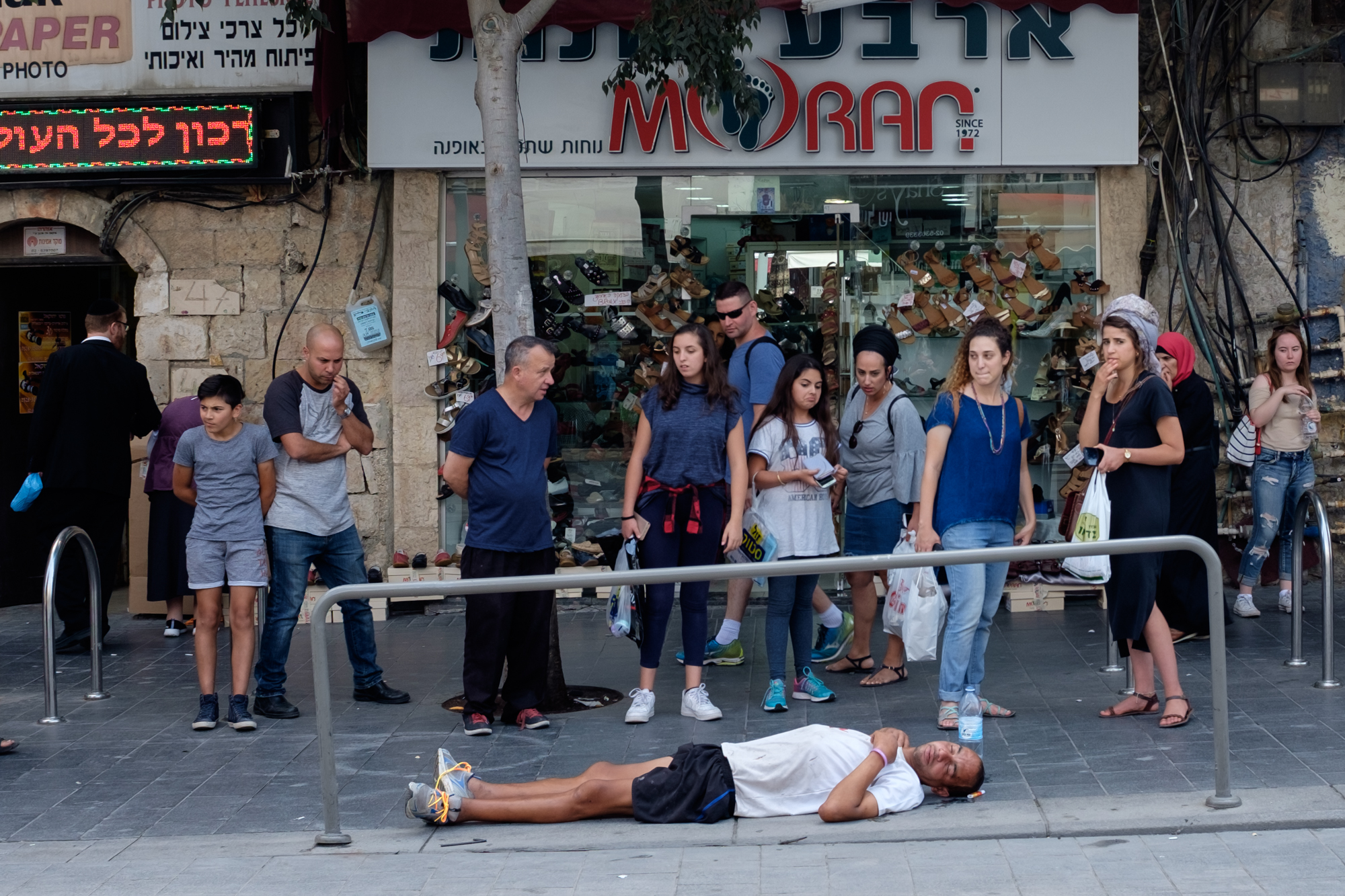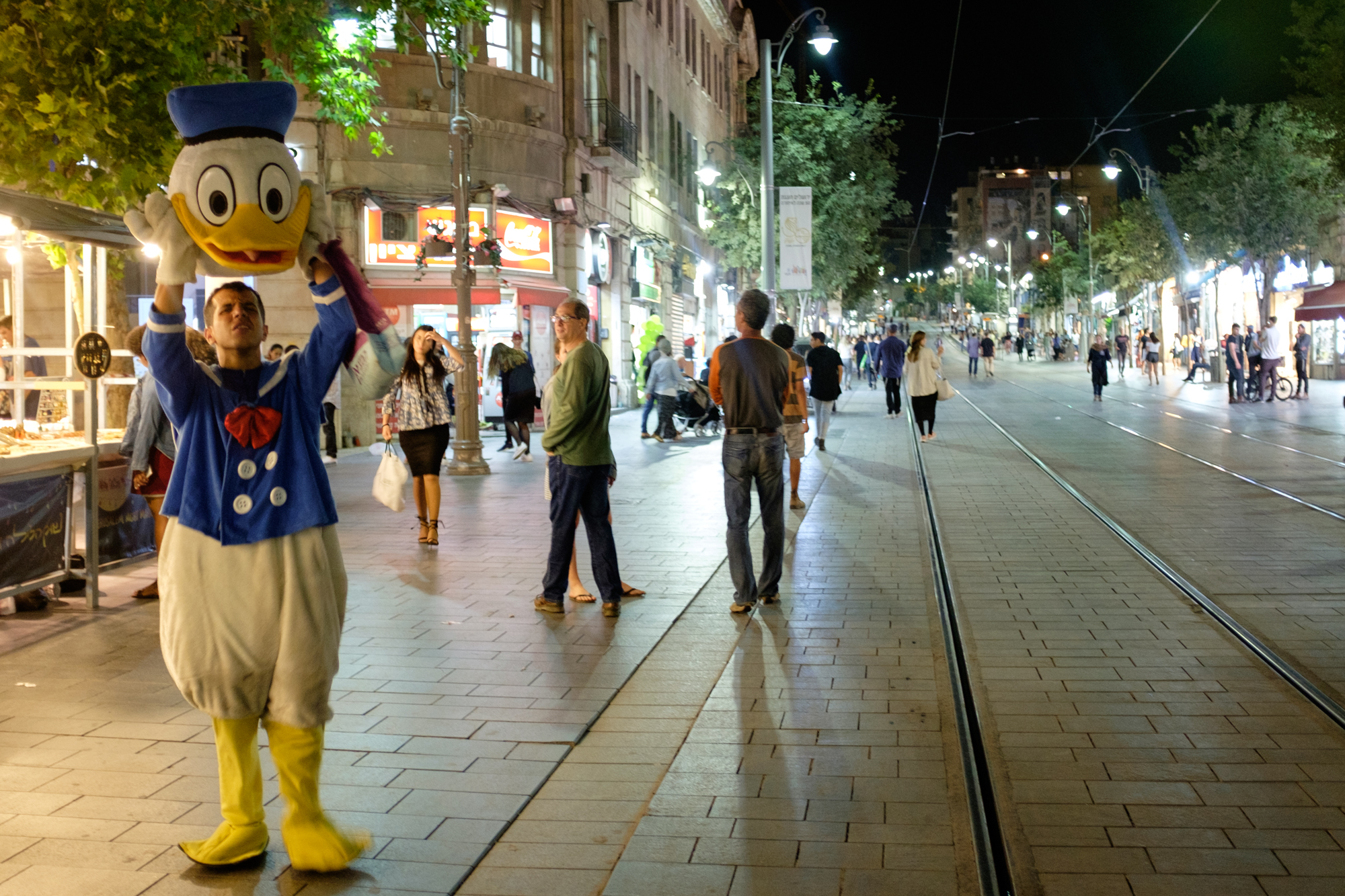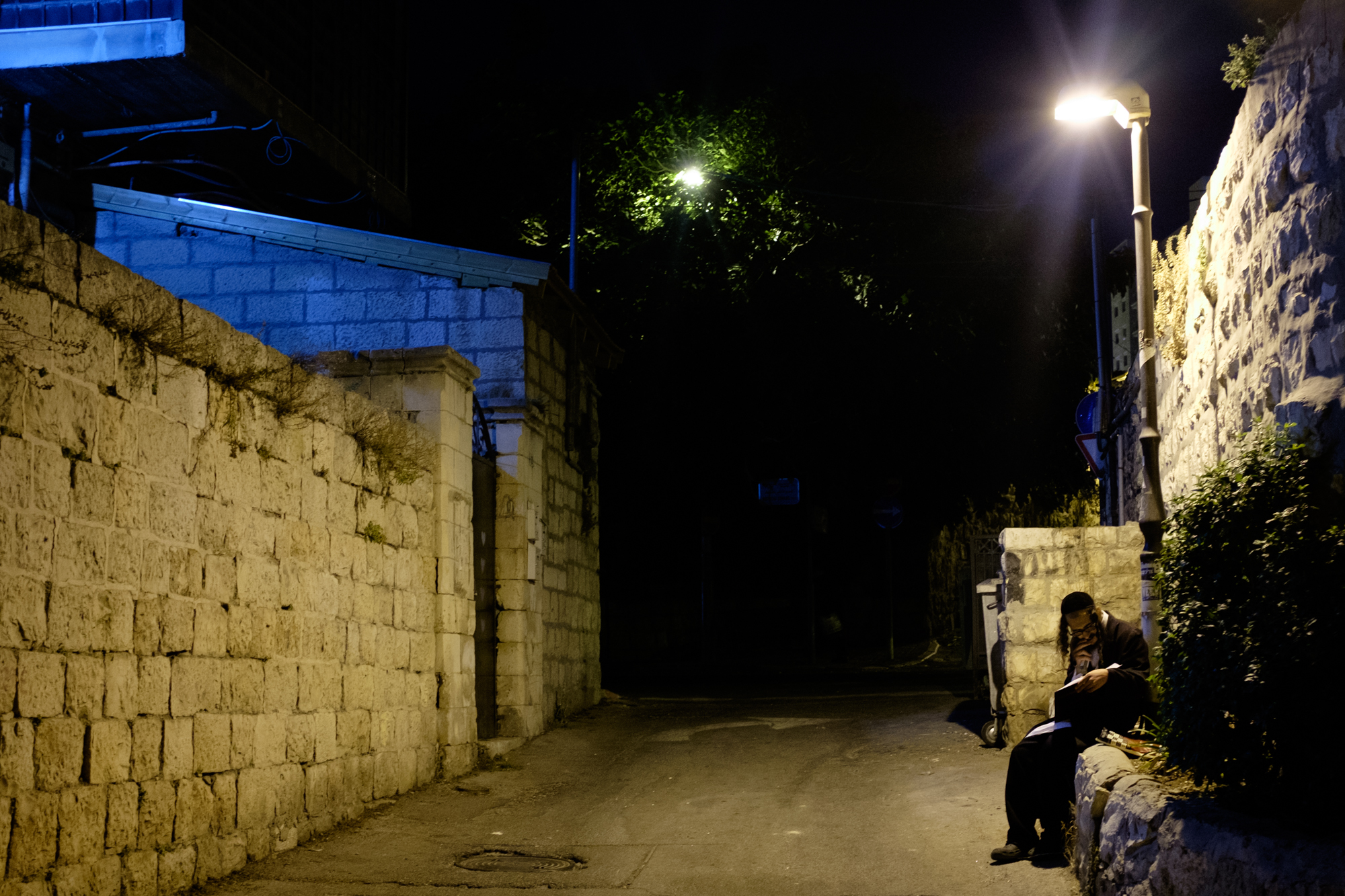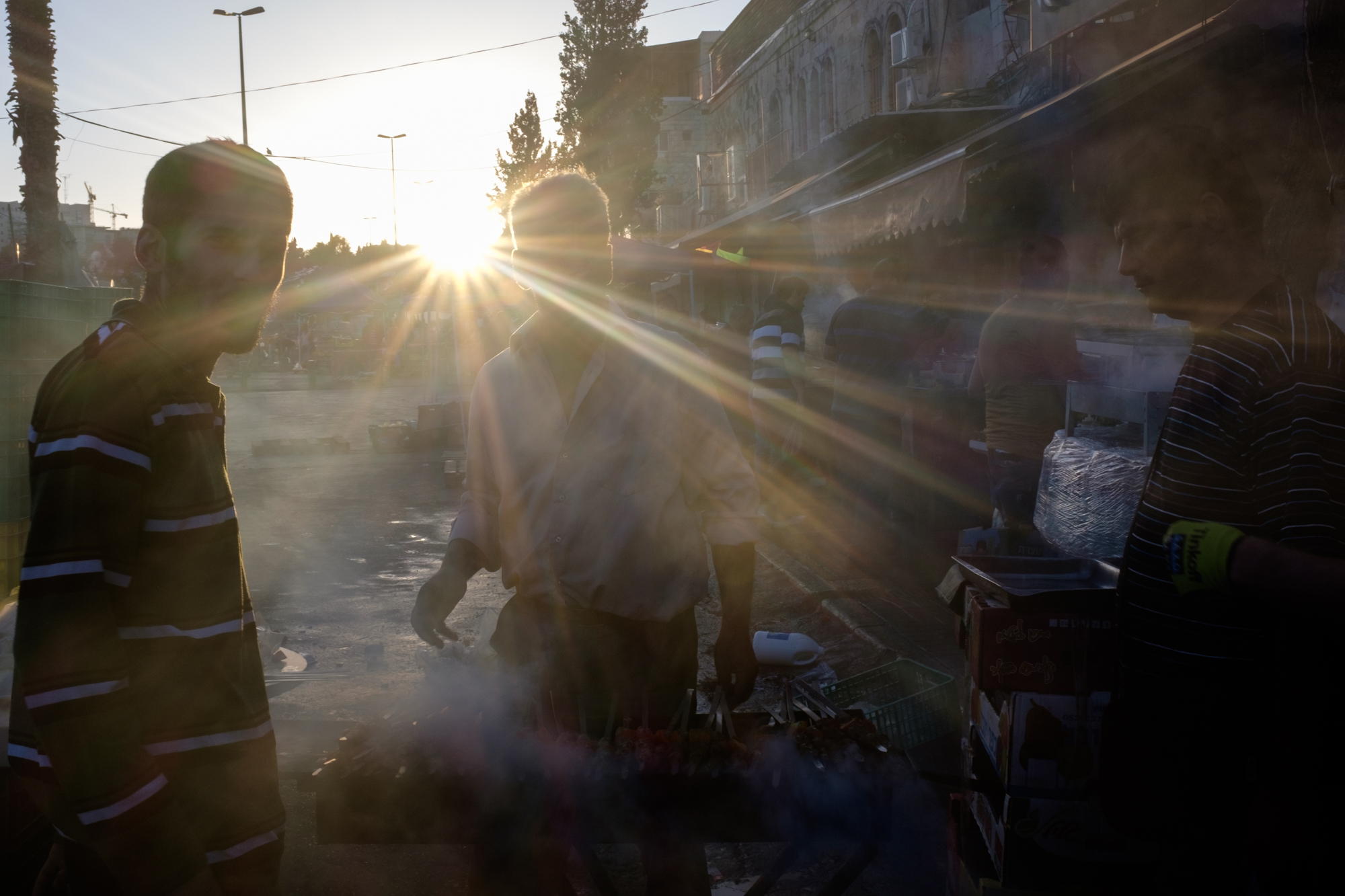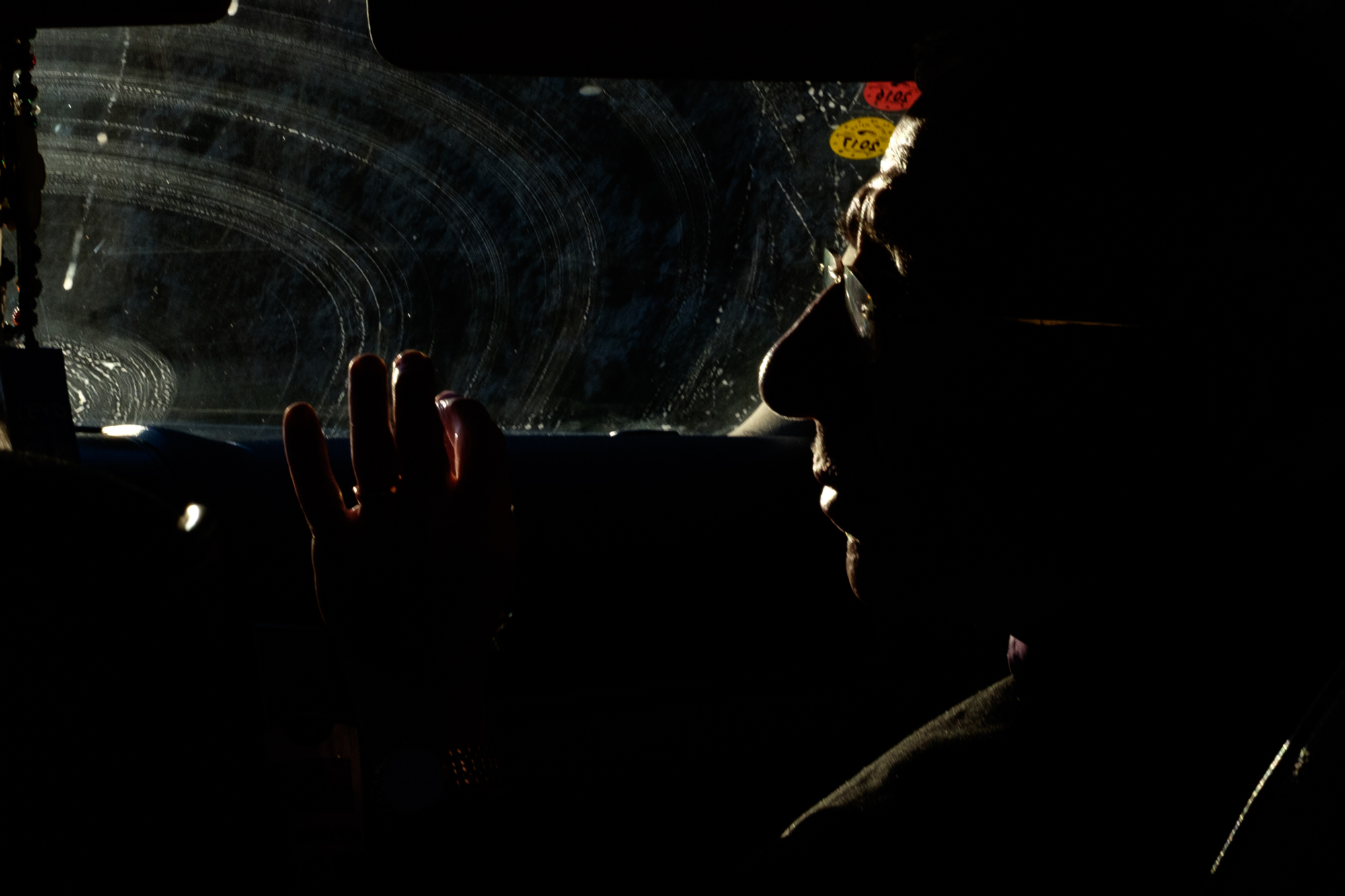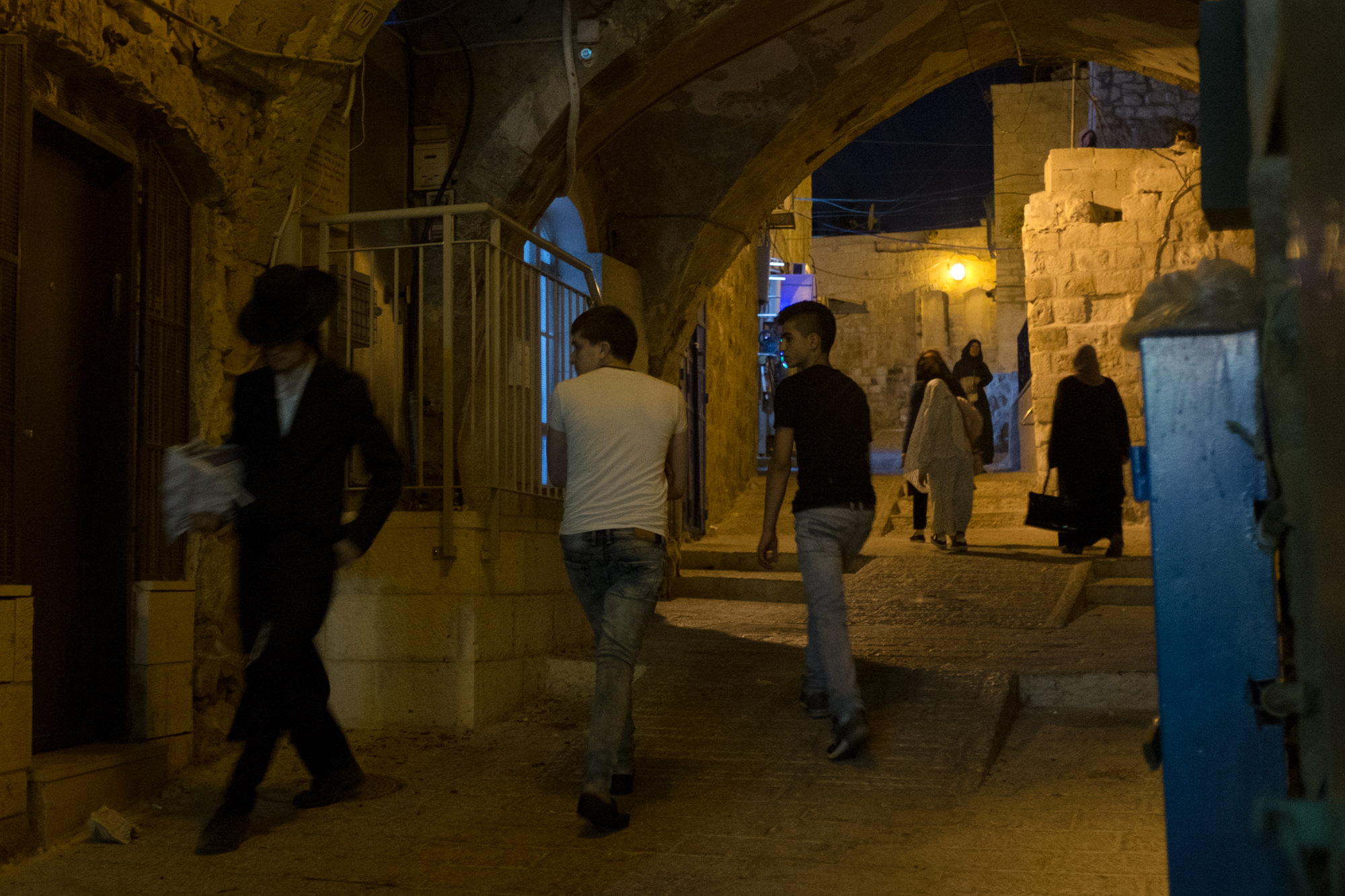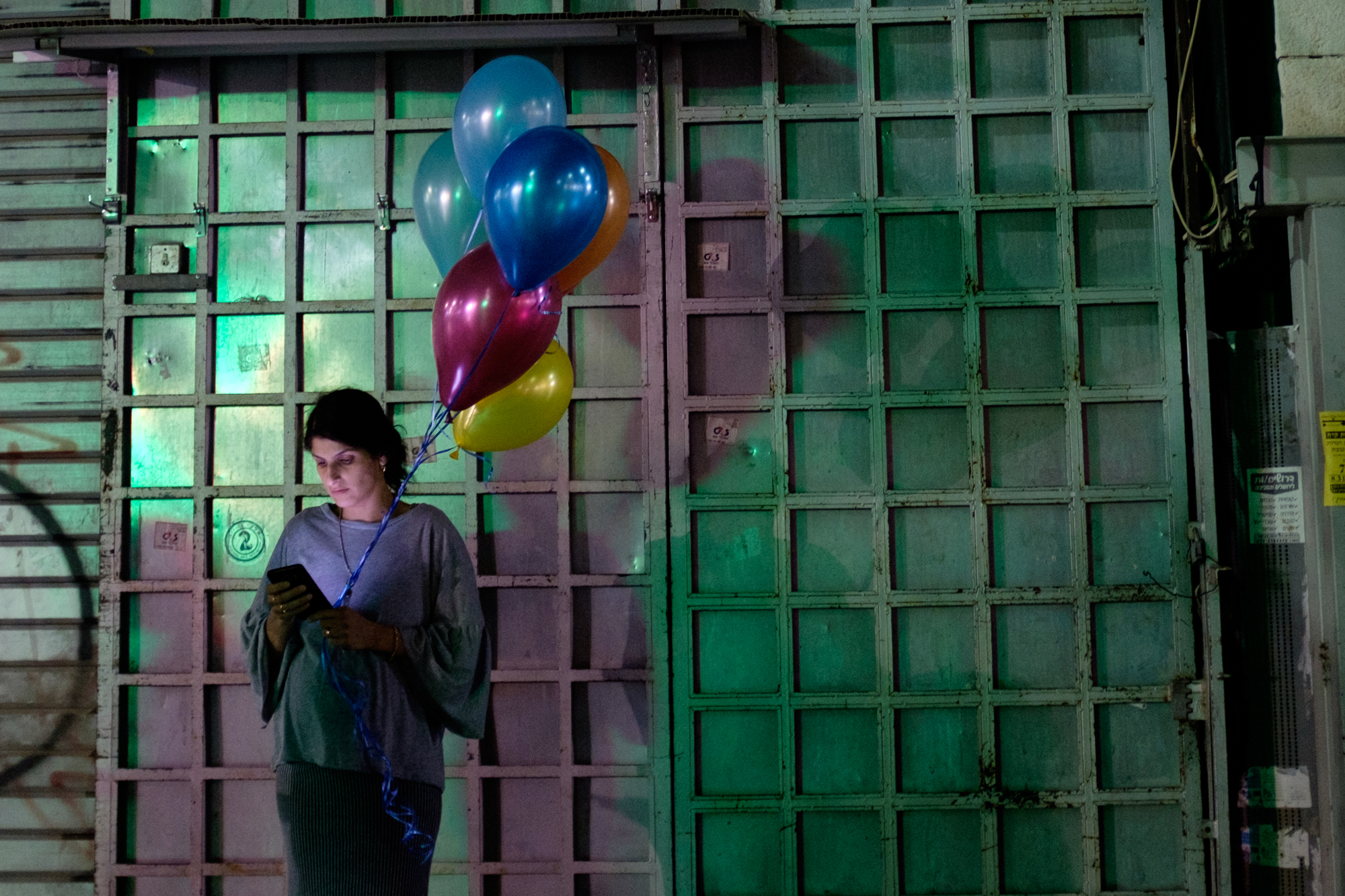Earlier this year I decided to turn my Fujifilm X100T into a film camera.
OK, I know what you’re thinking… “That’s impossible!” Well, yes and no. I couldn’t actually load a roll of film into the camera, but I could set it up and use it exactly how I used my Canonet QL17 rangefinder in college… looks familiar, doesn’t it?

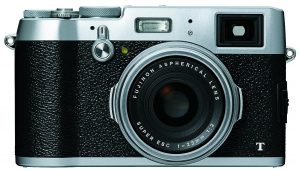
Here’s what I did:
- Switched the viewfinder to optical only
- Used an SD card that would only hold 36 images
- Set exposure manually using only the light meter
- Set motor drive to single frame
- Quit reviewing images (chimping)
- Didn’t delete any images
- Carried the camera at ALL times
- Made a contact sheet of all images at the end of each day
So, why on earth would I take away all those wonderful modern tools that make digital cameras so much easier to shoot with? Exactly because they make shooting easier.
I wanted to challenge my creativity and force myself to think more about the process of making photos. After 25 years as a professional photographer—the last 17 shooting digital exclusively—I tend to shoot by feel and instinct. I can see an image before I bring the camera to my eye.
I wanted to force myself to slow down and make conscious, deliberate decisions before pressing the shutter, knowing that each and every frame was precious. I wanted to practice timing my photos with a single click rather than a burst from the motor drive. I wanted to think about how to make a photograph work with the single lens on my camera rather than reach into my bag for a different focal length. I wanted to see how these constraints would change my shooting and if they would help me build another layer of creativity.
What I learned (or relearned):
36 exposures is actually a lot: While I started out nervous that I would run out of exposures during the day and miss photos in the evening, I very quickly realized that 36 frames is actually a lot of images when you’re being selective about when you push the shutter release. I only ran out of space a couple times in the beginning (I even got a bonus 37th frame on those days). Most days I had to push myself to use 24 exposures and some days I even shot images that I knew I didn’t really like because I was embarrassed by how few photos I had taken.
Manual exposure > automatic: While I have always used manual exposure when needed, I generally set my camera on aperture priority and use the exposure compensation to make the light do what I want it to do. Going back to all manual exposure, all the time, was an easy adjustment and enhanced my creativity because it required me to think more about what I was trying to achieve. I also constantly preset the exposure as conditions changed throughout the day, which kept me engaged with the camera even when I wasn’t shooting. Very quickly I was able to set exposure without even looking at the light meter and generally be within one stop. Thanks to the latitude of shooting RAW with the X-Tran sensor, I only had one or two images that were too far off to look good. (I created my contact sheets before doing any image processing, so you can judge for yourself how close the exposures were).
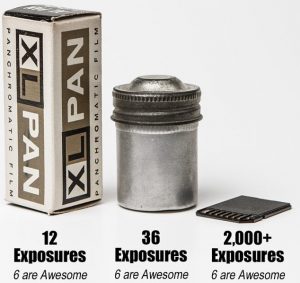
Exposures vs Keepers: I’m sure you’ve seen the meme at left. While this is certainly an exaggeration (I can’t remember the last time I shot 2,000+ images on an assignment and only 6 good photos would be an embarrassment), I am amazed that my keeper rate shot up to 28%! The bottom line is that I wasn’t shooting photos and deciding if I liked them during the edit process, I was making that decision up front before I pressed the shutter button.
Timing: When shooting with a motor drive at 12, or even 8 FPS, I have the tendency to start shooting as a moment develops, and keep shooting until it’s over. It’s a safe way to capture the moment, but usually there’s only one frame in the burst that really works and a lot of images to throw away. Shooting single frame, I had to force myself to wait until the decisive moment to take the photo. Yes, I missed that moment a couple times, but what I gained was a better sense of how the moment was developing and a heightened connection to what was happening.
It’s all consuming: This project was exhausting and time consuming. I really had to pour a lot more effort into making it work than I had anticipated. I was spending most of my free time walking around the city looking for things to shoot. Sometimes I would drag my family out of the house with me, but then I felt like I was ignoring them because I was so focused on trying to find photos. I constantly felt like I should be out shooting and felt stressed if I had other obligations that took priority. I actually felt a sense of relief when I decided that the project had run its course.
Variety: While this was a great way for me to stretch my creativity, I also feel like I ended up dipping into the same well too often as the month wore on. I liked the photos I was shooting, but they were frequently starting to look familiar.
The X100T is an amazing camera: OK, I already knew this, but I came away with an even greater respect for this camera and what it is capable of. The camera is small, quiet and unobtrusive. The image quality is superb. The meter is accurate. Raw files are gorgeous with lots of latitude. Shooting at 1250 ISO and below gives you very clean images with great color. BUT, there are a few things that got under my skin. The camera takes too long to wake up, which caused me to miss several photos. The thumbwheel spins too easily and often got bumped while I carried the camera. Battery life is awful. Even using the optical viewfinder and no image review and high performance turned off, I still needed 2-3 batteries just to get through a day!
Final thoughts:
It’s taken me quite a while to write this post because I needed to step back from the project and really see how it changed my everyday shooting, and if those changes were temporary. The biggest impact has been that I now tend to shoot fewer frames overall, but have the same number of keepers. I think more about why I’m setting my exposure a certain way and I trust those settings. I don’t spend as much time looking at the back of my camera, only using it for an occasional confirmation or to check that my timing was on point.
I still carry my X100T everywhere I go set to manual exposure, single frame and optical viewfinder, though I occasionally switch to the electronic viewfinder for tricky lighting or framing situations. I’ve replaced the 2GB SD card with a 32GB one, but haven’t needed the extra space. And I still have a constant bulge in my pocket from all the extra batteries.
